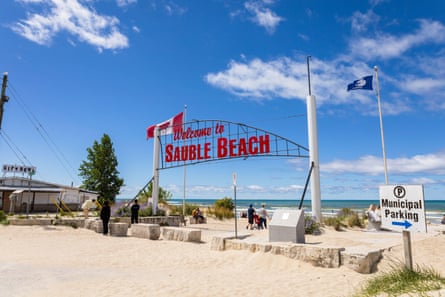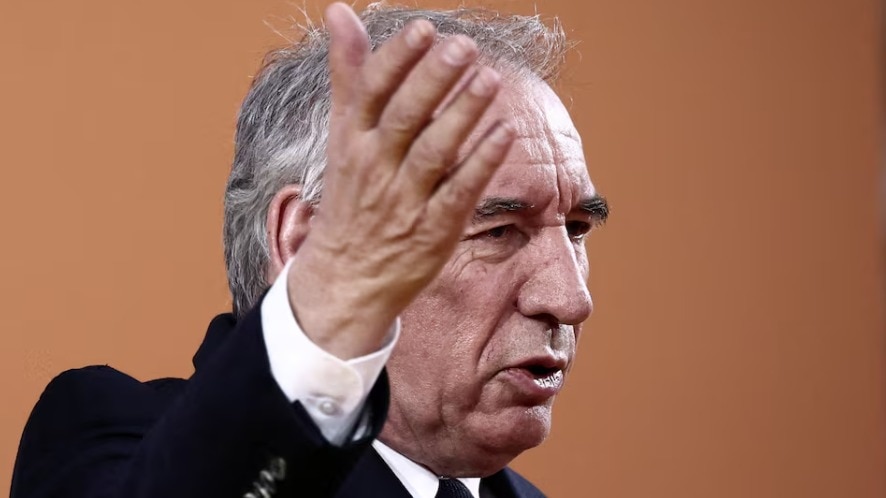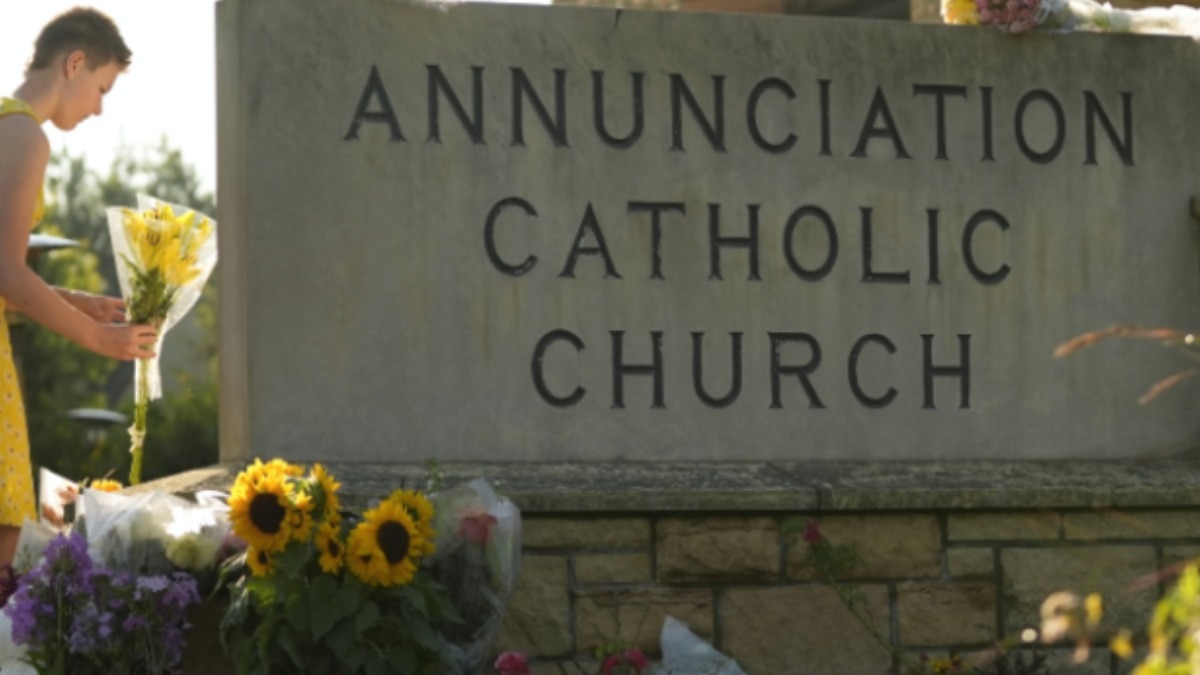A stretch of beach will be returned to a First Nation in Canada 170 years after it was mistakenly omitted from its reserve. The sandy sliver of land measures less than two miles long, but has nonetheless sparked an outsized battle, with a nearby resort town claiming the case sets a foreboding precedent for property rights in the country.
Canada’s supreme court said on Thursday that it would not hear a challenge from the town of South Bruce Peninsula, which is contesting a lower court’s ruling that the Saugeen First Nation’s reserve was erroneously smaller than promised.
In its application to the country’s highest court, the town warned that a victory for the Saugeens would “risk sowing uncertainty and unpredictability at the core of Canada’s system of private landholding”. Lawyers for the First Nation instead said the case was simply about the correct interpretation of a treaty – and the boundaries of the First Nations reserve under that agreement.
Central to the fight is stretch of beach 140km from Toronto, popular with tourists the summer months who trek 140 miles from Toronto to enjoy pristine blue waters of Lake Huron.
The Saugeen First Nation has claimed for decades that the official map of their reserve wrongly omitted a 1.5 mile stretch of beach promised to them under an 1854 treaty with the Crown.

In 2014, a truce looked likely after the First Nation and the municipality agreed that the Saugeen would hold title over the land and the beach would be co-managed by both the Saugeen and the town council. The federal and provincial governments also pledged to make a one-time payment of C$5m (US$3.6m) to the municipality to offset their portion of the beach costs.
But during municipal elections that year, mayoral candidates pledged to quash the agreement, pushing the land claims fight to the courts – and subsequently costing the community millions in legal fees.
Two years ago, the Saugeen emerged victorious and their win was upheld at the Ontario court of appeal. Earlier this year, the large sign welcoming visitors to Sauble Beach was changed to Saugeen Beach – a move seen as an “important and long-overdue act of reclamation” by the First Nation.
Lawyers for the municipality and the private landowners have framed the previous court victories for the Saugeen as precedent-setting, suggesting they are the first in Canada to be dispossessed of real estate to settle a treaty case.
“The importance of these questions cannot be understated,” the town’s submission reads. “They strike at the very heart of Canada’s constitutional order, and will be increasingly brought into focus as Indigenous land claims over private property work their way through the courts over the next decade.”
Lawyer Nuri Frame, who represents the First Nation, says the case is much narrower in scope.
“We’re talking about a very specific, very precise parcel of reserve land that was set aside for the Saugeen. The Crown had failed to properly survey and demarcate that in the 19th century. It is very much a case that is about its facts, the language of this particular treaty, the scope of this particular reserve and the relationship between this particular First Nation and the Crown,” he said, adding that at trial, the federal government admitted their error and had sided with the Saugeen.
“There is a large, longstanding body of case law in this country that recognizes an Indigenous people’s interest in its reserve land and that the Crown has a fiduciary role in protecting and preserving those specific lands. It’s Constitutional Law 101. Reserve land … is special, and First Nations are not to be dispossessed of their reserve land in all but the rarest of possible circumstances.”
The case comes amid hand-wringing over private property rights in Canada following another court decision in western Canada, dubbed the longest running trial in the country’s history.
In early August the British Columbia supreme court said the Cowichan Tribes, from Vancouver Island, had established Aboriginal title to roughly 800 acres of land south of Vancouver, where they once had a village to fish during summer.
While the court did not rule against private landowners, it did determine the land titles held by the city and the federal government in the area were “defective and invalid”. Although there was no loss of property to landowners, the ruling nonetheless kicked off a wave of concerns.
What makes the case unique and somewhat clearcut, says Frame, is the way in which the Saugeen reserve and treaty are historical outliers.
“Nearly all of the historic treaties that were entered into between Confederation and 1921, they just promised that a reserve will be created and they prescribed a formula to be used to establish a reserve, for example how many acres per person or family and then a surveyor goes out and draws a map,” he said. “There are very, very few treaties in Canada that do what Saugeen’s does, which says the reserve is going to go from here to here to here to here.”

 4 hours ago
4 hours ago


















